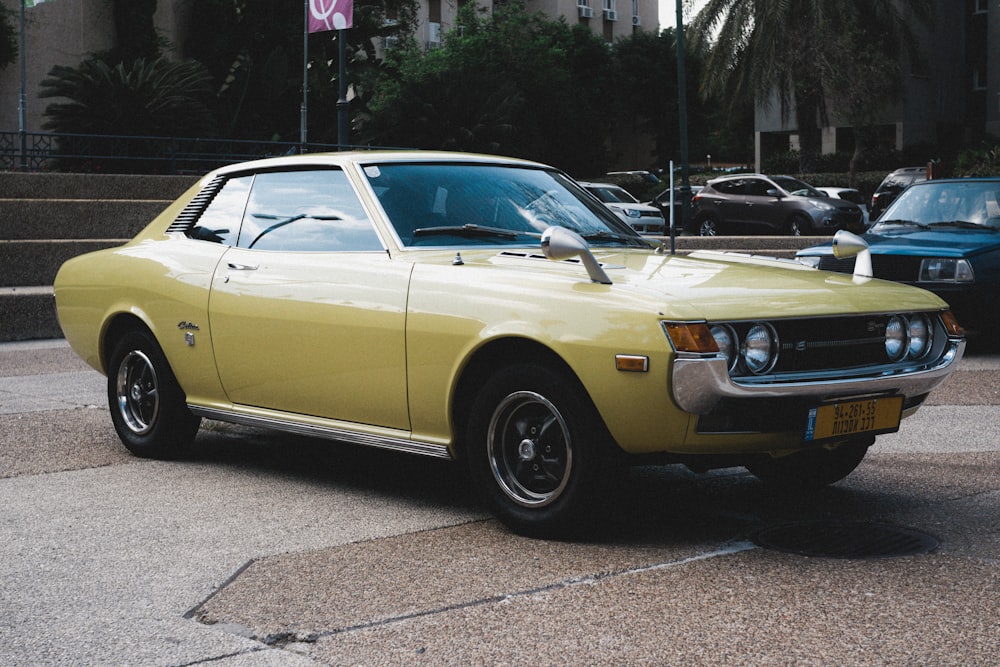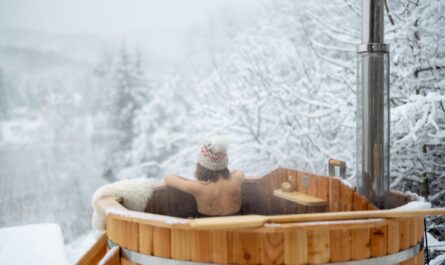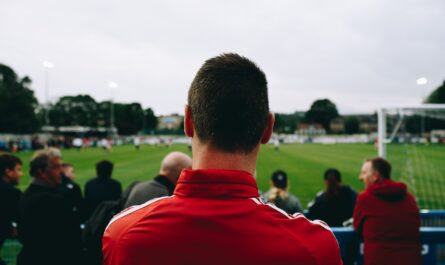A prevalent question is how to take quality photos of things. Since Detroit is known as the Motor City, this article will discuss the secrets to taking great car photos. On the one hand, it is difficult, but on the other hand, if you approach the issue correctly, as it turns out, nothing is impossible. Car photography is hard to master, but we have some great tips.
What We Will Cover
Photography is an Art
Photography is an art, which means that to take high-quality photographs of any subject, you need knowledge and a certain skill. It’s also worth noting that any professional photographer doesn’t stop there and is always trying to learn more as he or she continues to experiment. What do you think are the most difficult photographs to take? It turns out that taking quality car photos is a lot harder than, for example, photographing weddings, landscapes or animals. Here are a few tips to help you take great artistic car photos. You also can check out info about when to use a lens hood on Skylum`s blog. This will help you keep your camera safe.
Examine the basic camera settings
Make sure the white balance matches the general lighting. Or just shoot the raw material and set it later on your computer, as you like.
Here’s an example of a “wrong” setting; the photo was taken with settings left over from the previous evening that matched halogen lighting. This made the whole shot turn a blue tint. Don’t do that! Fixing the white balance will significantly improve any photo you take.

Set the light sensitivity of the camera to the lowest setting. If there are no moving objects and you can take pictures using a tripod, you don’t need one.
Take your pictures using aperture priority mode; this gives you optimal clarity and allows you to control the depth of field.
Select a Focal Length
Cars, like people, have individual photographic characteristics. Different cars look better in photos at different zoom settings, like people: some look better when taken at a distance with a telephoto lens, others when taken up close or with a personalized shot. Imagine if the machine were a person: would you want to over-emphasize or under-emphasize facial features?
- The wide-angle lens unnecessarily emphasizes the car’s distinctive features. Does the car in the picture look rough or brutal, like a professional competitor? If so, zoom out and get closer to the vehicle. This adds perspective to the image. Don’t widen the focal length range until you know what to do; the equivalent focal length of 28mm (18mm on a DSLR) is primarily wide enough. If you zoom in even further, you’ll get a photo of a headlight attached to a tiny car.
- The normal focal length will have the opposite effect: it will give your car a more even, sleeker look. This mode is best used for open cars, while the extended focal length mode will accentuate the appearance of people. You can experiment with a digital camera for free, so try the two options without hesitation.
Beware of the reflection
Sometimes it can be difficult to get an equal image of the entire car. The paintwork will partially reflect the sky. The same goes for the windscreen, the brightest part of the car compared to others. There are several ways not to get glare in your picture:
- Use a polarising light filter if you have one. This will reduce reflection. If you don’t have one, get one; it’s inexpensive (cheap filters are great at eliminating the problem), and it’s one of two filters essential for digital photography.
- Use exposure bracketing. For this, you’ll need a tripod to set the image properly. Take one shot at a normal shutter speed, and take the next one under-shuttering (making it an underexposure). You can do this with the exposure compensation setting in your camera or with the automatic exposure control if you have one. You can then use layer masks in your favorite image editing software to color the highlights of the underexposed photo compared to the normal exposure photo.
- If you like, you can take a third shot at a slow shutter speed, which can similarly be used to make up for the coloring of underexposed areas.

Remove any unnecessary components in the photo that distract the viewer’s attention from the vehicle, just as you do with a photo of a person.
If you are at a car show, wait until people have moved out of sight of the lens before taking the picture. Clean up any litter around you. Try not to take pictures against a telephone pole; otherwise, you will get a picture of it sticking out of the car’s body. Also, try not to capture too much of the sky; you are more likely to get a distracting bright blue or white if you don’t use a neutral light filter (if you have the option of exteriors, it is better to shoot against buildings or other structures that obscure the sky).
Do not photograph the subject at eye-level
Try kneeling or standing on an elevated position to be taller, or think of something else to avoid getting monotonous photos taken at eye level.
Instead, try the following secrets to taking great car photos:
- Kneel in front of the car. This will give it a more aggressive look as if it is coming at you.
- Position the camera on the ground. If you photograph the car at a low angle (and tilt the lens slightly), you can get a unique look that you wouldn’t get with standard photography.
- Take accurate photos from close range. Find the most interesting and unique features and curves of the car and get close-ups of them from different angles.
- Take a picture from above. Try to take a picture from above or simply hold the camera high above your head. This is also an exciting and unique angle that allows you to capture different planes of the subject (side, front, top view).
Final Thoughts On Secrets to Taking Great Car Photos
In Michigan, the weather is known to take its toll on equipment, including cameras. Even at events like the North American International Auto Show, professionals, and serious amateurs invest in protective gear. You need a lens hood to take great photos and keep your camera safe. You can read and find out more about when to use a lens hood on Skylum`s blog.
The 2024 North American International Auto Show will be held at DeVos Place at 303 Monroe Avenue NW, Grand Rapids, MI 49503. The show will open to the public from February 1st through the 4th.




